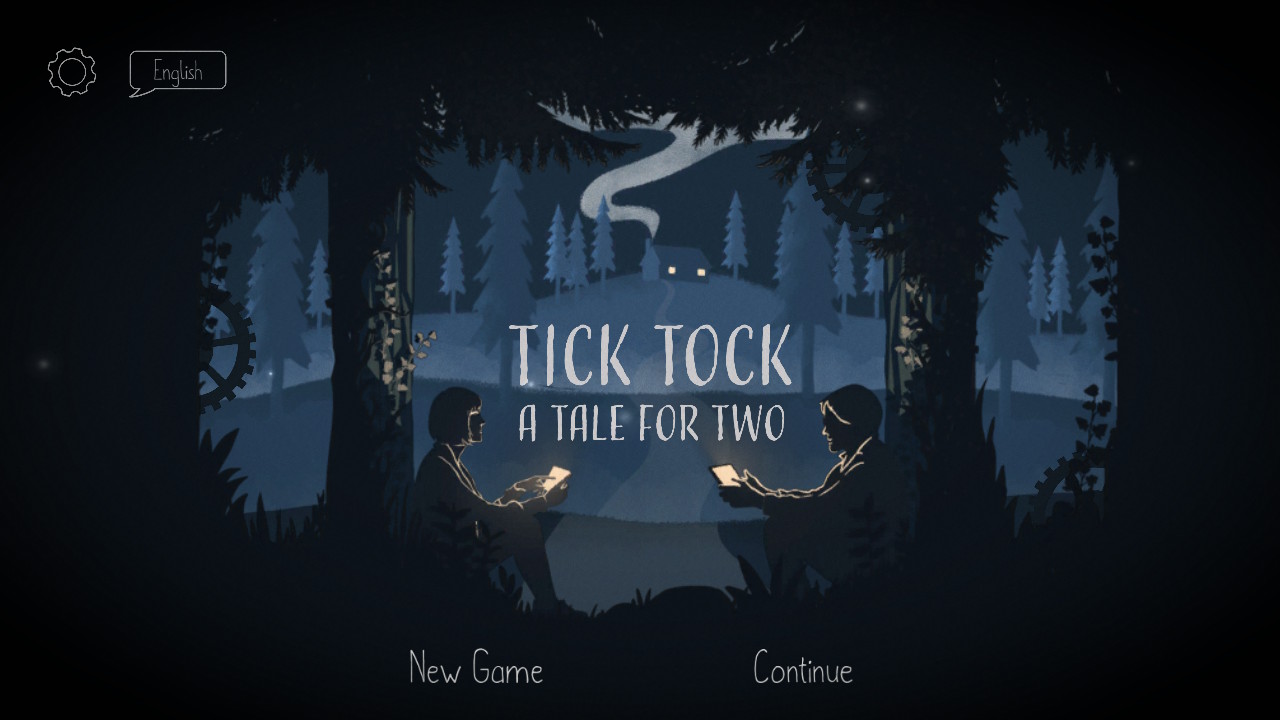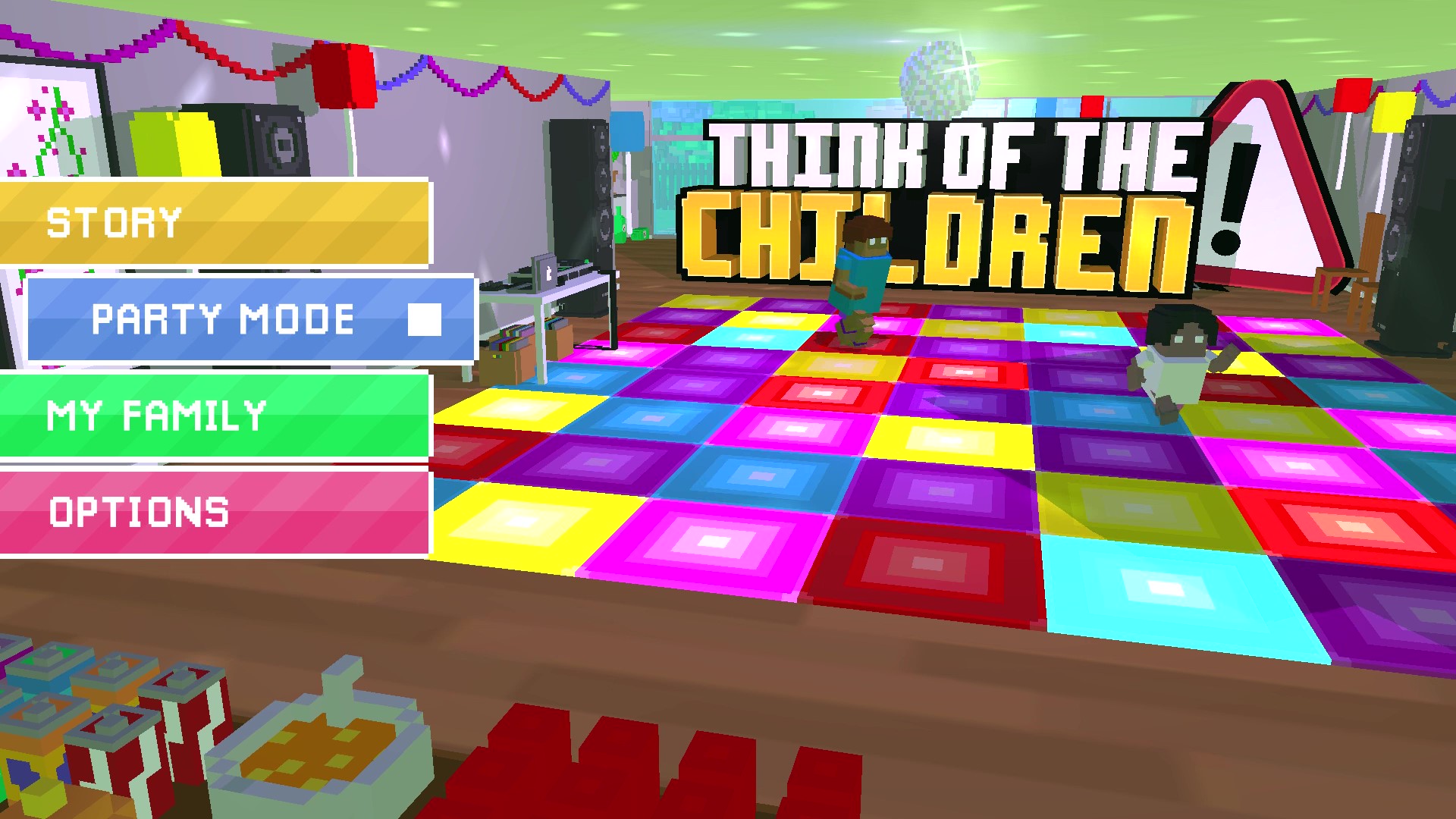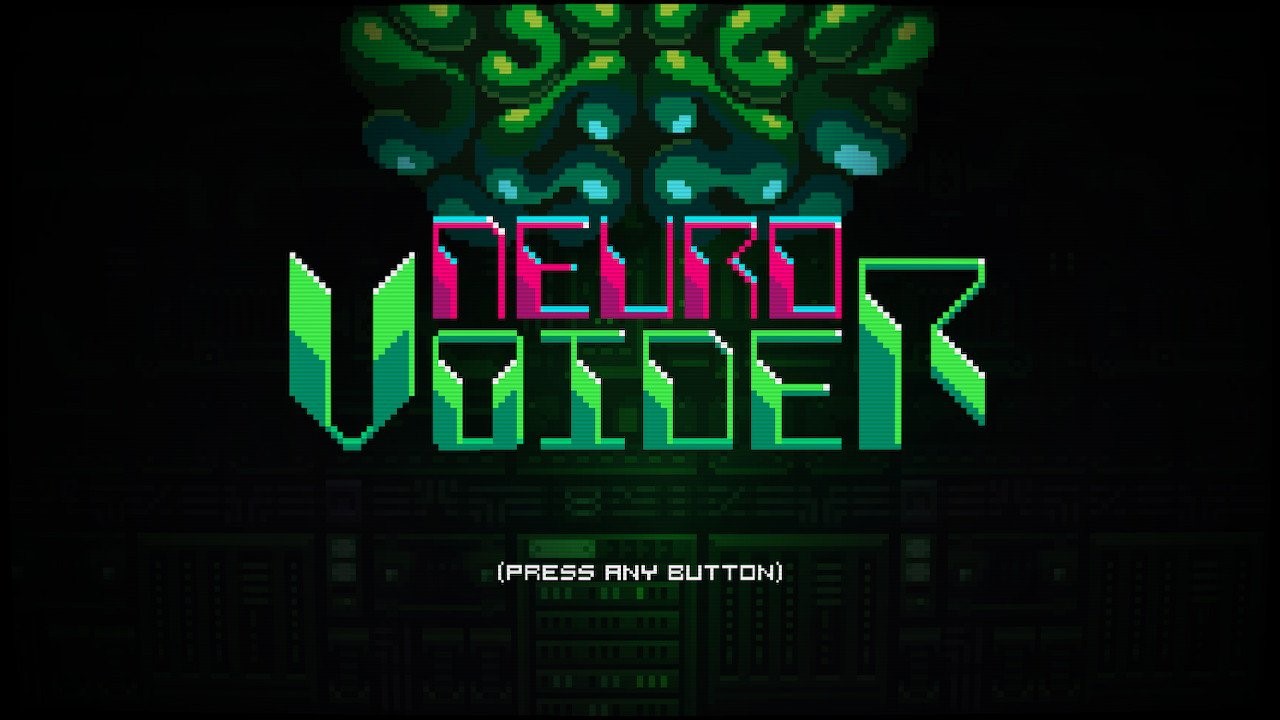An observation of Solomon
Much like a baby’s fascination with an electrical socket, Solomon sought cooperative multiplayer games despite their tendency to cause unfortunate circumstances for him and those he loved. He enjoyed the concept of teamwork, friendship, and all the other Care Bear flavors, yet they were less fun in practice. His partners rarely thought or acted like he did, and he couldn’t ignore their mistakes like he did his own. In his perfect world, his team would simply obey all of his orders. After all, nothing could rival the cooperation between a dictator and his subjects.
His wife similarly enjoyed co-op games and had learned to adapt to the Solomon brand of teamwork. While he obsessively pursued results (the three-star ratings and the obscure collectibles), she enjoyed the experience and interaction. He could pretend to lead his team to victory, and she would play the game as intended. In this sense, they formed a symbiotic relationship, with Solomon firmly taking the role of Player 1 and her joining him as Player 2. This tenuous but established relationship held for seven years. Only Tick Tock: A Tale for Two could crack the foundation, revealing the one-man shitshow that they had ignored for all those years.

What is it?
Tick Tock requires two devices—be it a Switch, tablet, computer, or smart refrigerator—and two copies of the game. Upon launching, the game will prompt the players to select either “Player 1” and “Player 2.” No local or online connection is necessary because the game progresses purely through the information the two players provide each other. The game instructs players to not look at each other’s screen unless they get stuck. Being a screen looker, Solomon took this as a challenge and a headache. His wife was simply happy that the game allowed her to choose her nickname, “Player 2.”
Each player has one half of a point-and-click adventure game along with half of the story. Both will visit the same locations, yet they’ll find different clues. For instance, one puzzle tasks the players with completing radio news alerts, matching one half of the message on one screen with the other half on the other screen. Numbers, dates, or locations concealed in the messages are then used to access another part of the game. Essentially, a clue for one player allows the other player to progress and find the next clue, playing out like a mental three-legged race. During his first play-through with his wife, Solomon felt both players were necessary components of a wholly unique game. In his second playthrough, he played by himself – controlling both screens – and came to realize the game could abandon the second person altogether and fit on the two screens on a DS instead.
Outside of the puzzling, Tick Tock presents a world in which watchmakers fiddle with time as much as they do wheels and screws. One such watchmaker, Amalie, invites both players to play a game, one which she made for her sister, Laerke. A newspaper article reporting Laerke’s disappearance serves as the clue to the first puzzle which, once solved, sends both players back in time to the sisters’ quaint hometown. In this town, pets and other animals go missing or are found dead. Although conveyed only in bits and pieces through clues, the plot is predictable, much like this story of Solomon and his wife.

What’s good?
- The puzzles require a different strategy to solve them. Most cooperative puzzle games can be commandeered by one player ordering the others through the solution. If played as intended, Tick Tock demands players to share equal power in order to progress, to cooperate in sharing information. Solomon did not play Tick Tock as it was intended. He tried to wrestle power from his wife, delivering blind commands which were rarely accurate or relevant. She protested frequently, but Solomon had the ability to protest more loudly.
- Although thin in detail, the story provided enough mystery to sustain Solomon’s interest. He fell for the time gimmick, intrigued by how Amalie played with time like a wanton mistress, manipulating it to her gain. It was not lost on him how Amalie did the same with her sister, how she pushed her values and experiments on Laerke with little regard to her feelings or complaints. That he was doing the same to his wife as they played, conversely, was lost on him entirely.

What’s bad?
- Neither control option (control stick/buttons or touch screen) worked as intuitively as one would expect for a point-and-click game. In an effort to direct his growing frustration with the game away from his wife, he jokingly complained how sluggishly the screens transitioned, how pieces would not respond to his swipes. When complaining eased into irritated bitching, his wife encouraged him to calm down, and his anger erupted back onto her, accusing her of overreacting.
- The puzzles become repetitive, leading to a bloated third act. His wife pleaded with him to take a break, to come back to the game another day. He refused. He escorted her as they pieced together messages again, looked for subtle numbers and dates again, and wandered the same four locations again. He also wanted to stop. He knew he wasn’t controlling himself, but his neuroticism drove him to finish the game. If he could finish it, he would have closure which meant he and his wife would have closure. They could laugh later and discuss what they had liked. He could focus his hatred on the game instead of suffocating her with his fumes. He would never have to touch the damned game again.

What’s up to your preferences?
- The puzzles require relatively little action apart from sharing information. Apart from one puzzle which requires sharing information at a fast pace, Tick Tock never strays from its call-and-answer gameplay. Some may like the focus, how the developer’s experimented with one concept. Solomon loathed it, loathed how the same gameplay loop rested on his worsening communication with his wife. He snapped at her, chided her for describing things inaccurately, criticized for not understanding his descriptions.
She begged to stop again. She tried to convince him neither of them knew how to solve the next puzzle nor had the emotional stability to make the game a positive experience. He told her to play better.
She started crying, letting her Switch to fall into her lap as he watched her back. His anger ripped through his brain, clinging onto any fuel to blame his wife, paint her as the problem. He did not want this to be about him. He pleaded for it to be anyone’s fault but his. However, as petty as he was, he was not stupid. He could recognize who was responsible.
He mumbled an apology, following it with an explanation to excuse his actions. He tickled her back, giving her time to relax as he looked up answers online. He stopped touching her once he had found the answer. With one more apology, he instructed her to keep playing.
- The game is short, lasting between one and two hours. With no variation between play-throughs, there is little reason to play again other than for the story. For many, Tick Tock will feel like a demo, largely because the developers could have included more variety in the gameplay. Others will appreciate being able to complete the game in one sitting. For Solomon and his wife, the game was far too long at 100 minutes. Solomon had obtained his closure, just as he had hoped, and that closure took the familiar form of regret and shame. He could not stand to look in her eyes.

What’s the verdict?
Tick Tock: A Tale for Two could be jokingly described as one of those games that test the strength of one’s relationship, like Lovers in a Dangerous Spacetime and Snipperclips. None of those games actually test relationships, and for most gaming duos, Tick Tock will be passingly enjoyable. It just didn’t work for Solomon. Did he ruin a great game with his pettiness and his anger? No. Even if Solomon had behaved, Tick Tock would never be a great game and would eventually be forgotten. But Solomon did ruin a game, and now, neither he nor his wife will forget it.
Arbitrary Statistics:
- Score: 7
- Time Played: 100 minutes together the first time, 64 minutes alone the second
- Number of Players: 2
- Games Like It on Switch: Keep Talking and Nobody Explodes, Unravel 2

















